Kannon-ji Castle: Shiga’s Massive Castle Ruins
For many, many years the southern area of what is today Shiga prefecture was politically important for many warlords. Its close proximity to all important Kyoto has always made it a desirable location for anyone who sought to control the country, namely the famous Oda Nobunaga. But before Nobunaga claimed this place and erected his own castle, it was Rokkaku clan who concurred southern Shiga prefecture, and their main castle, Kannon-ji Castle stood atop of 440 m Mt.Kinugasa. Though today Kannon-ji Castle stands in ruin, it is still one of the most impressive mountain fortresses in Japan, and nice hike for when you need to get some fresh air!
The History of Kannon-ji Castle
Kannon-ji Castle’s origins date back to 14th century when Rokkaku Ujiie made a fort to support Kitabatake Akiie in his battle to restore Emperor Go-daigo to power. However, it was not until the mid-16th century that the Rokkaku clan decided to expand the castle and build a proper keep. Sadly, due to a lack of documentation, much of the history of Kannon-ji Castles has yet to be uncovered. What archeological evidence we have today suggests that at its prime the castle enormous, covering a large portion of the mountain top.
The Fall of Kannon-ji Castle
After Onin War, the Ashikaga shogunate was a shadow of its former self and on the brink of collapsed. Their authority all but evaporated, Ashikaga Yoshiaki counted on Oda Nobunaga to help him regain his power. To this end, Ashikaga entrusted a lot of authority and decision making to Nobunaga. Nobunaga found this situation most fortuitous because it allowed him to simply make use of the what power the Ashikaga’s still had, until he no longer needed them.
However, Nobunaga’s great enemy, the Miyoshi Trio, supported Ashikaga Yoshiharu to be a shogun at the same time. In order to defeat them, Oda Nobunaga decided to head to Kyoto, but on the way he had to cross the south Shiga, which was governed by Rokkaku clan. Nobunaga “politely” asked Rokkaku to join his forces, but the Rokkaku clan decided to support the Miyoshi Trio instead earning them the ire of Nobunaga.
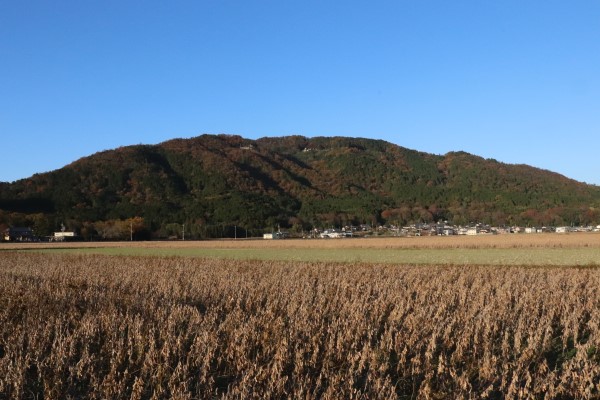
Though Kannon-ji Castle was rather hard to take over, Nobunaga easily took over the several of the Rokkaku’s smaller castles. Ultimately realizing it is impossible to win against Nobunaga, the Rokkaku clan abandoned the castle and fled. Nobunaga’s forces burned the castle to the ground, leaving only its stone walls.
Kannon-ji Castle
There are several routes to Kannon-ji Castle. If you wish to fully explore the castle site, you should walk up the Ottemichi Route, which is the main route to the castle. It takes an hour from Azuchi Station to Ottemichi Route, and then another hour or so to get to the top of the mountain. Alternatively, you can drive up to Kannonsho-ji Temple and walk from there. From the temple, it will only take 15 minutes to reach the castle. Since we already visited Kannonsho-ji Temple on the same day, we walked from the temple and took the Ottemichi Route up to the mountain.
Note: Kannon-ji Castle is located deep in the mountain. Make sure to have your bug spray if you come in the summer!
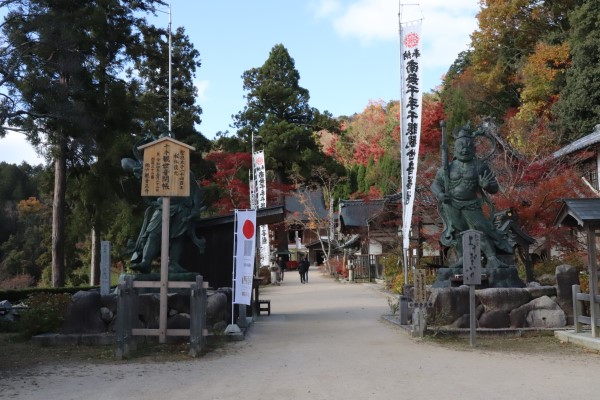
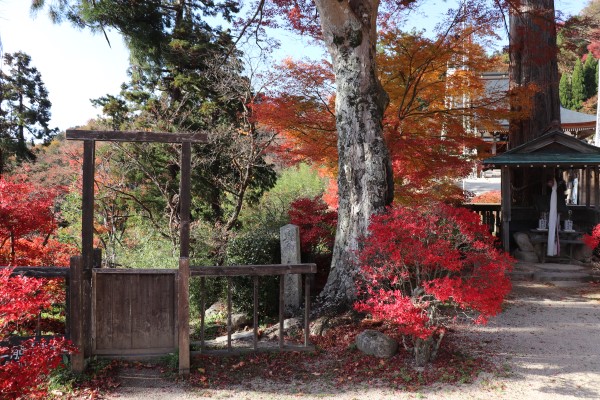
As the temple is also located just near the top of the mountain, it takes only 15 minutes to the castle ruins. The lady in the ticket booth of Kannon-ji Temple kindly gave us the entire map of castle! Do be aware that you are required to pay for the entrance fee for Kannon-ji Temple even if you plan to visit just Kannon-ji Castle.
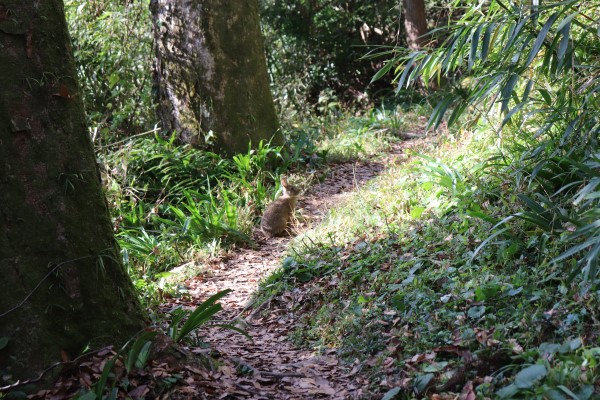
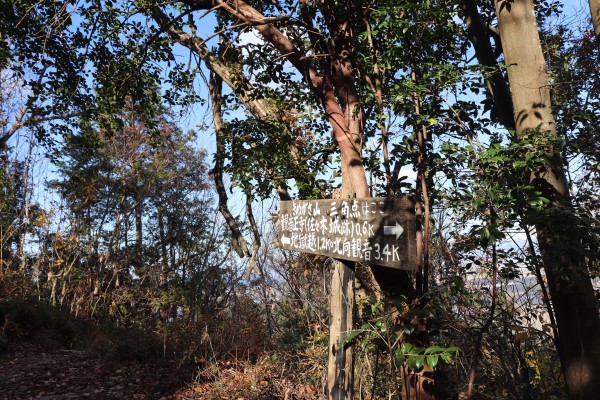
Throughout the mountain, there are castle ruins everywhere. In fact, Kannon-ji Castle is so big that researchers are still excavating the mountain to get the full picture of just how massive this castle really was.
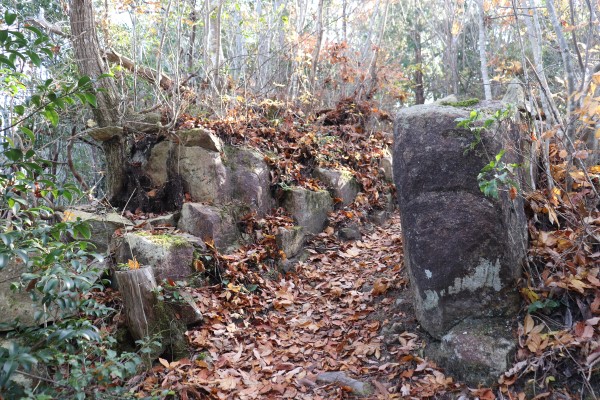
After 15 minutes or so, you will see the sites of the main keep. Unfortunately, it is quite mystery what kind of keep was built here, though surviving record say it had two stories.
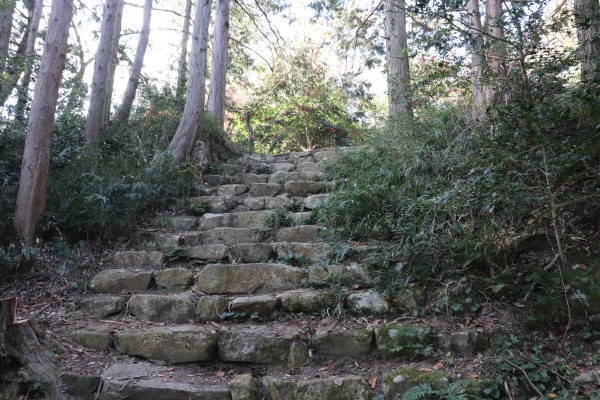
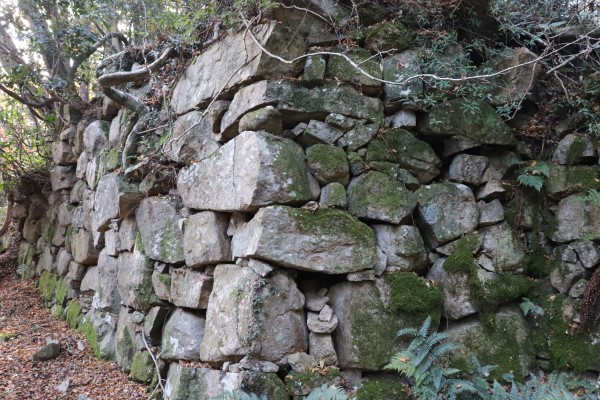
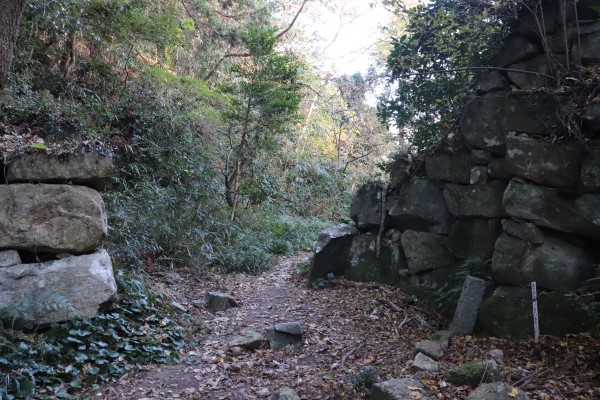
City on the Mountain
What is unique about Kannon-ji Castle is the fact that subordinates of the Rokkaku clan also lived on the mountain. What’s more is that there are a surprising number of baileys (more than 100!!) throughout the castle that connected to each other in a maze-like formation. All of the baileys are named after the subordinates who lived around the castle, such as Ikeda-maru and Hirai-maru. This is why this castle is so huge as there are so many smaller structures that comprise the castle, besides the main keep.
With such a large castle and Kannonsho-ji Temple nearby, it could very well have felt like Kannonsho-ji was its own little town on the top of the mountain.
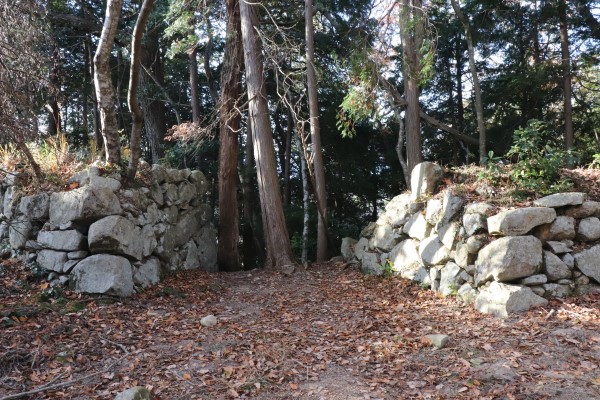
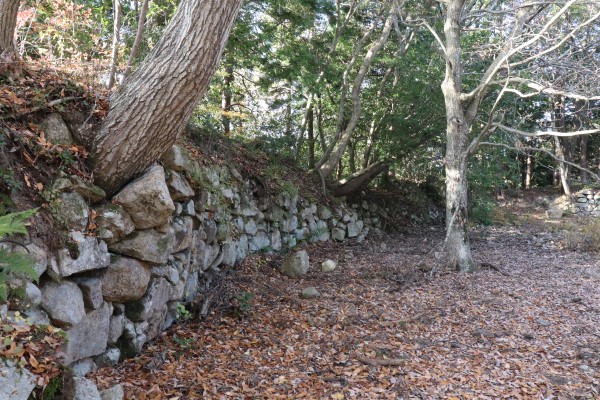
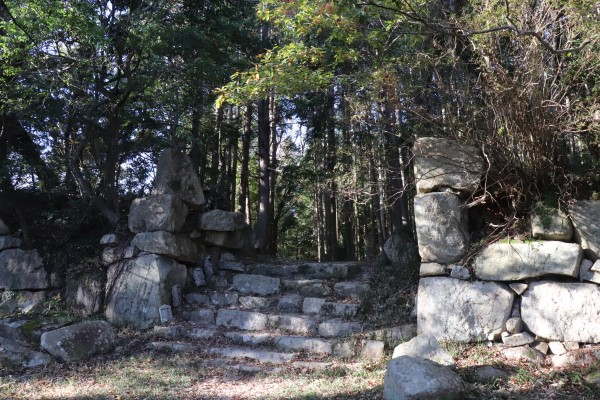
Just south of the Ikeda-maru, you can see the largest stone walls. The stone walls around here are some of the best surviving examples of the original structure.
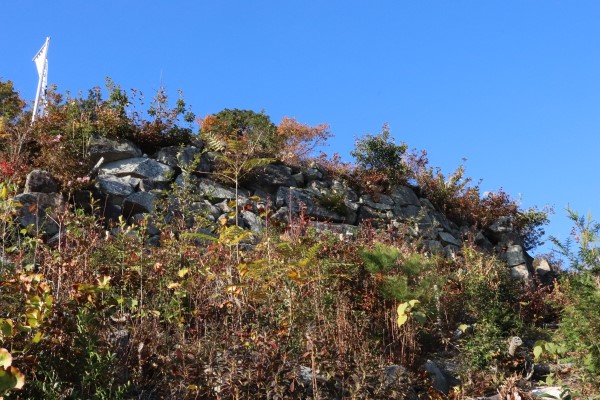
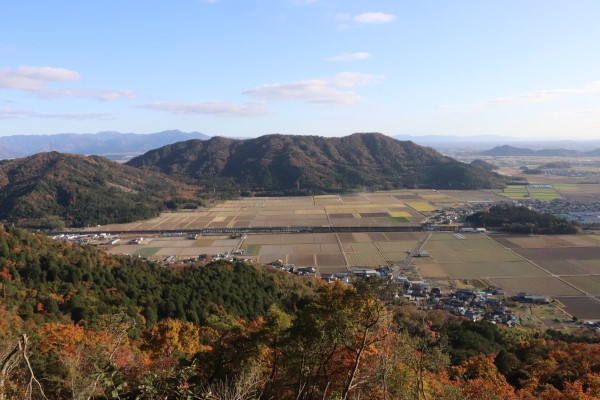
So after exploring the castle, we took Ottemichi Route down to the mountain. On the way down, is the former site of the home of the Rokkaku clan.
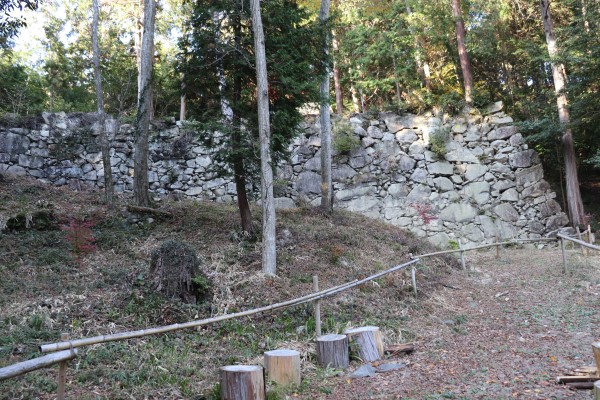
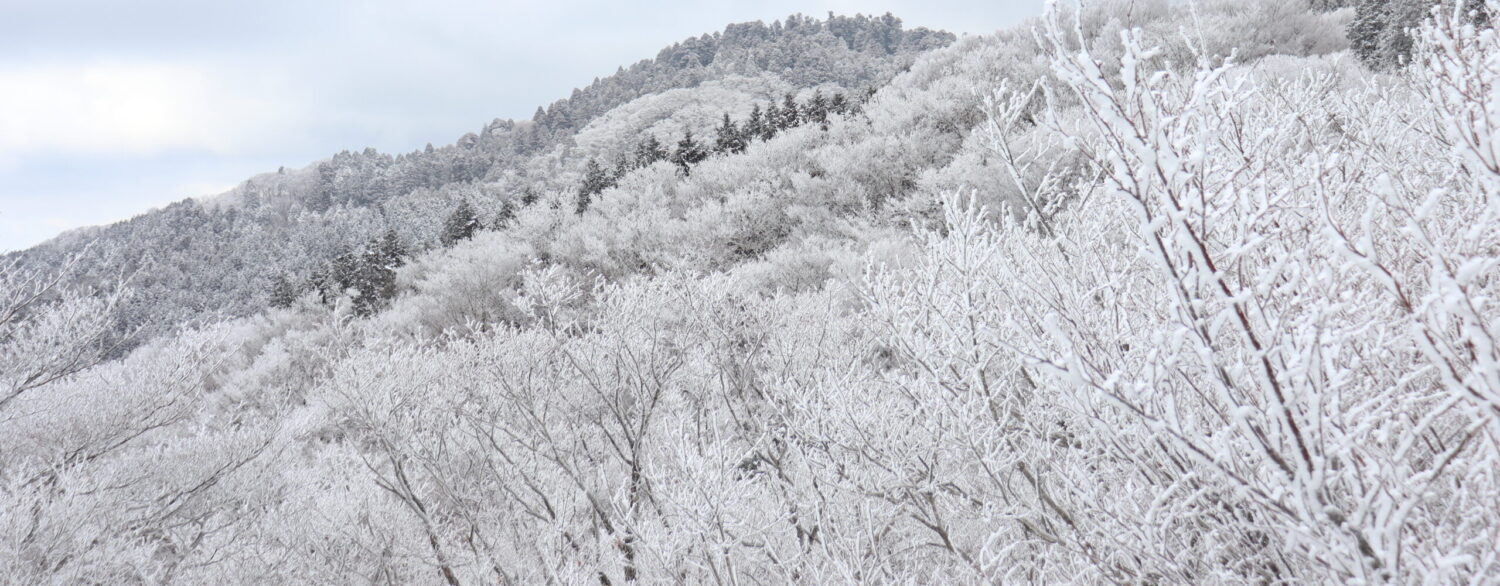
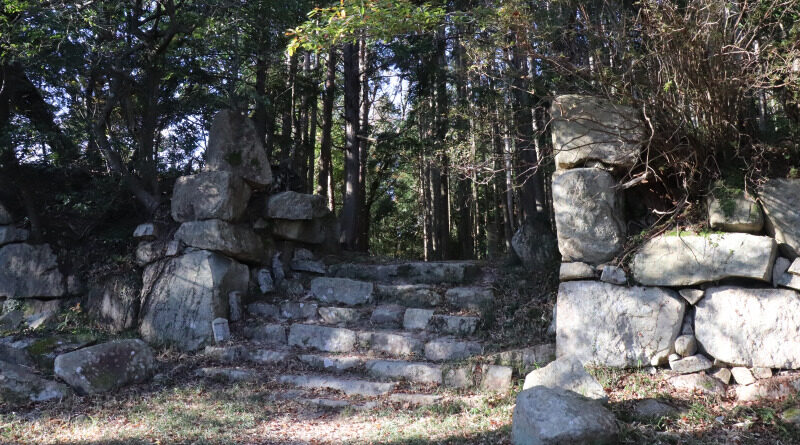
Leave a Reply